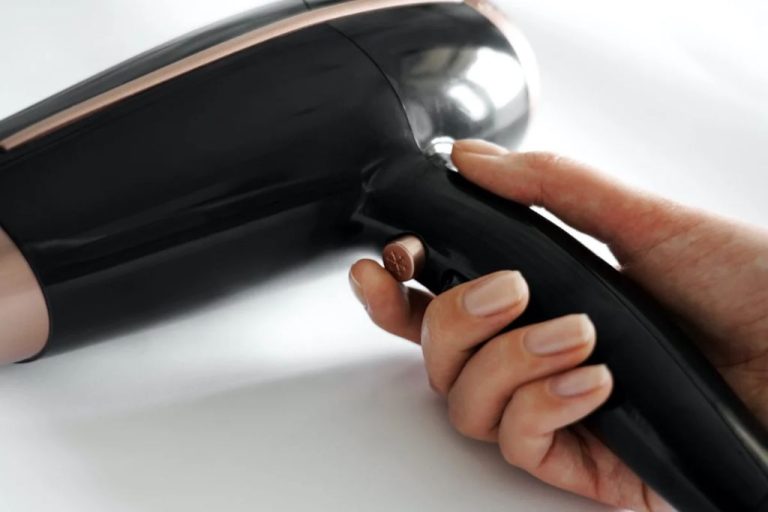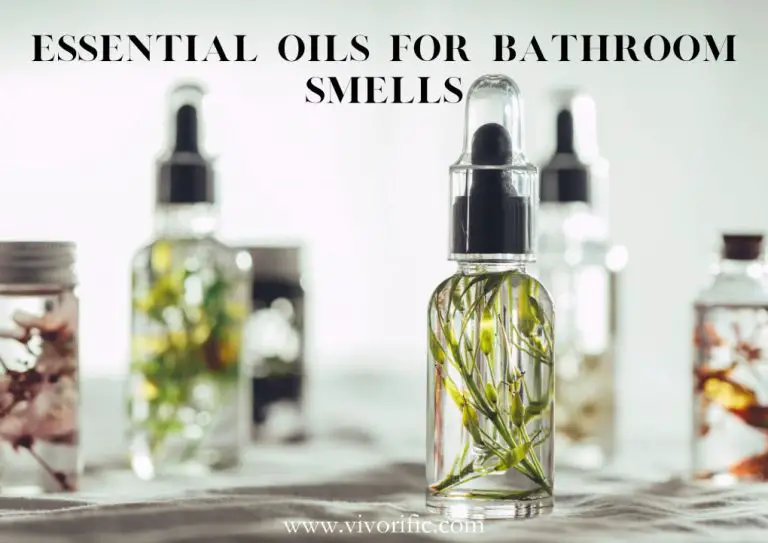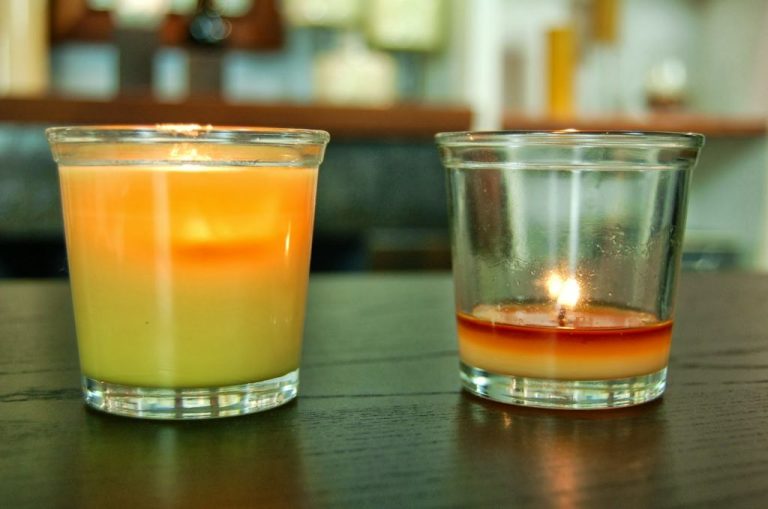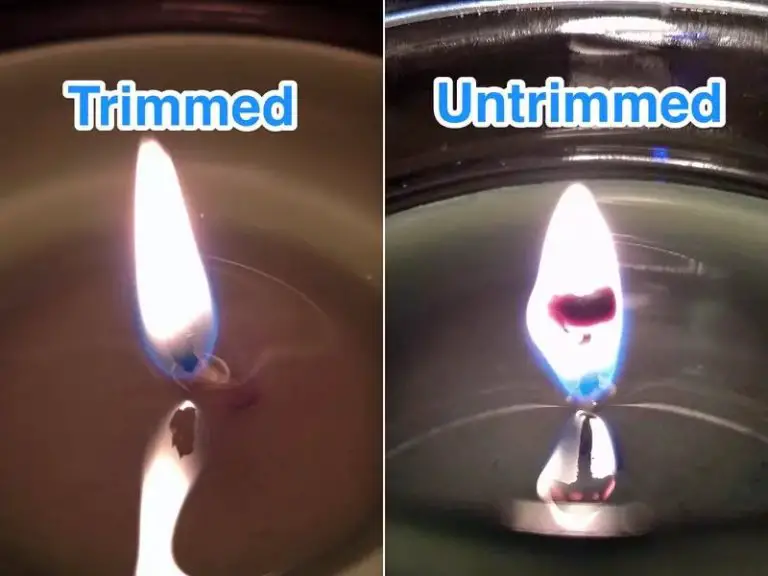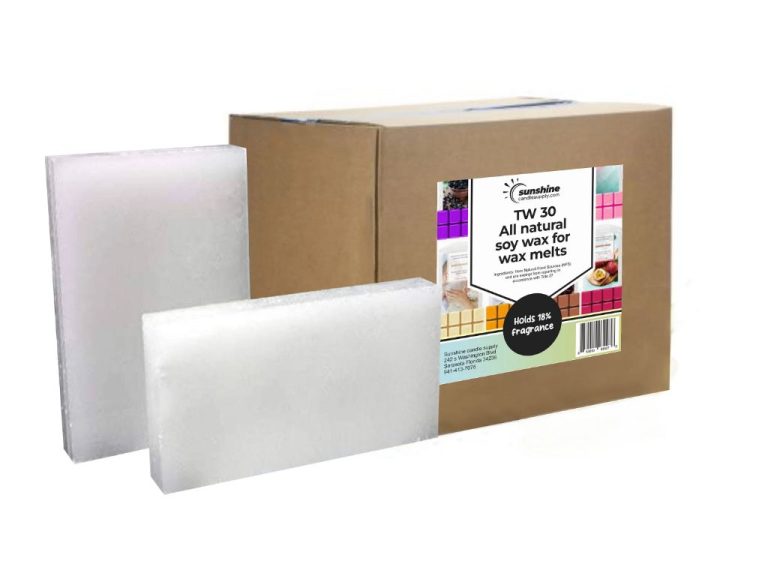How Often Should You Change Your Loofah Sponge?
A loofah sponge is a natural sponge made from the fibrous skeleton of a dried Luffa plant. Luffa is a gourd-like vine that produces a cylindrical fruit. When this fruit fully ripens and dries on the vine, the fibrous vascular system remains and can be used as an exfoliating bath sponge.
Loofah sponges are popular bath accessories used for scrubbing off dead skin cells and stimulating circulation while bathing. Their coarse, fibrous texture makes them excellent natural exfoliators. Loofahs are valued for being environmentally friendly and biodegradable.
Synthetic versions are also common, made to mimic the texture and properties of natural loofah sponges. However, natural loofahs remain popular for their sustainable origins and versatility in the bath and shower.
Hygiene Concerns
Over time as loofahs are used repeatedly without thorough drying between uses, they can become breeding grounds for potentially harmful bacteria and mold. Studies have shown that loofahs can harbor multiple types of harmful bacteria such as Pseudomonas aeruginosa, Staphylococcus aureus, and Klebsiella oxytoca along with fungi like Aspergillus after just a few uses (https://www.ncbi.nlm.nih.gov/pmc/articles/PMC263056/). As you repeatedly use an old loofah, these microbes can multiply and spread to your skin leading to conditions like folliculitis or skin infections.
Loofahs are especially problematic because they rarely fully dry out between uses in a damp shower. Their porous structure retains moisture that allows mold and bacteria to thrive. Unlike washcloths that can be dried out fully after each use, loofahs tend to stay perpetually damp. This provides ideal conditions for microbes to grow and make loofahs more susceptible to contamination over time.
Recommended Replacement Frequency
The ideal time to replace a loofah or shower pouf is generally every 3-4 weeks according to experts (https://finance.yahoo.com/news/replace-shower-loofah-dermatologist-advice-173314829.html). This allows the loofah to be used frequently, while not allowing mold, bacteria, and dead skin cells to accumulate. After about a month of use, the loofah becomes less effective at exfoliating dead skin cells and more likely to harbor germs. Replacing it every 3-4 weeks ensures it stays fresh and hygienic.
Some other recommendations for replacement frequency:
- Replace natural loofahs every 4-6 weeks (https://www.reddit.com/r/SkincareAddiction/comments/2u9lkw/how_often_do_you_replace_your_loofah/). They tend to degrade faster than synthetic versions.
- Replace poufs or puffs every 2-3 weeks since they hold more water.
- If you have acne-prone skin, replace every 2 weeks.
- Replace sooner if you notice any musty odors.
Following these guidelines will ensure your loofah stays fresh and maximizes exfoliation benefits.
Signs It’s Time for a New One
There are a few key signs that indicate it’s time to replace your loofah sponge:
Falling Apart – Loofahs are made of natural materials that will eventually break down with regular use and exposure to moisture. If you notice your loofah becoming frayed, shedding strands, or developing holes, it’s definitely time for a new one. A worn out loofah won’t effectively clean your skin.
“Or if it develops a mildewy or musty odor — that’s a sign you should get rid of your loofah.” (Source)
Bad Smell – A foul, mildew-like odor is a telltale sign that bacteria is accumulating in your loofah. Bacteria love warm, damp environments, so the moist conditions in your shower allow them to thrive. A smelly loofah is not only unpleasant to use, it can spread germs and skin infections.
Proper Care
To keep your loofah sponge clean and hygienic, it’s important to allow it to dry fully between uses. Loofahs provide a moist, warm environment that bacteria thrive in, so letting your loofah dry completely helps prevent bacterial growth (https://health.clevelandclinic.org/loofahs-can-double-as-bacterial-breeding-grounds). After showering, make sure to squeeze out excess water, then hang your loofah in a well-ventilated area to dry.
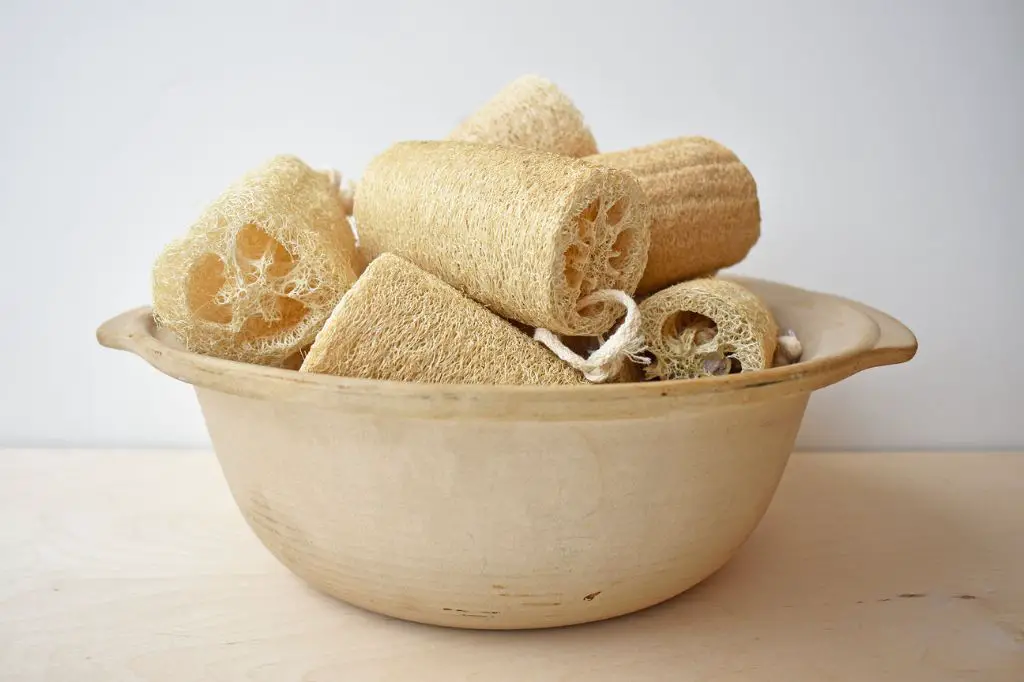
Also, loofahs are personal items, like toothbrushes, so they should not be shared with other people. Sharing loofahs can spread bacteria and increase the risk of skin infections. Get a separate loofah for each family member.
Alternatives to Loofahs
There are several good alternatives to traditional loofah sponges. Two popular options are washcloths and shower brushes.
Washcloths can provide gentle exfoliation without being too harsh on the skin. They are inexpensive, machine washable, and easy to replace frequently. Using a fresh washcloth for each shower helps reduce bacteria buildup. Make sure to thoroughly launder washcloths between uses and allow them to fully dry before using again [1].
Silicone shower brushes are another good loofah alternative. Silicone is naturally antimicrobial, quick-drying, and gentle on skin. Look for brushes with long handles that allow you to easily scrub your back. Replace silicone brushes every 3-6 months. Popular options include the DNC soft silicone back scrubber, MANSCAPED body buffer, and Exfoliband silicone loofah [2].
Disposal
When it’s time to replace your loofah, the proper way to dispose of it is by throwing it in the trash. Loofahs, whether natural or synthetic, should never be flushed down the toilet as they can clog pipes and septic systems. Most municipal sewage systems are not equipped to handle loofahs and they will get caught in the machinery.
According to Brush with Bamboo, natural loofahs can be composted as they will break down over time and release nutrients. However, putting them in a landfill is also fine. Plastic loofahs will take much longer to decompose so should go straight to the trash. Proper disposal prevents loofahs from becoming environmental hazards in waterways or elsewhere.
Organic vs Synthetic Loofahs
There are pros and cons to both organic and synthetic loofah sponges. Organic loofahs are made from dried natural loofah gourds and are completely biodegradable and compostable. The main benefits of organic loofahs are:
- Environmentally friendly and sustainable
- Naturally antibacterial and odor resistant
- More durable and long lasting
- Provide gentle exfoliation for skin
However, organic loofahs also have some downsides:
- Can develop mold if not dried properly
- Rougher texture may be too abrasive for sensitive skin
- More expensive than synthetic options
Synthetic loofahs are made of plastics like nylon, polyethylene, or polyester. They are cheap and readily available. The advantages of synthetic loofahs include:
- Low cost and easily replaceable
- Variety of colors and designs
- Softer, smoother texture for sensitive skin
The main problems with synthetic loofahs are:
- Not biodegradable and create plastic waste
- Can develop mildew and bacteria more easily
- Less durable and need replacing more often
- Shed microplastics that pollute waterways[1]
Overall, organic loofahs are the more sustainable choice but synthetic options may work better for those with sensitive skin.
Buying Guide
When shopping for a new loofah, there are a few key factors to consider:
Material
Loofahs come in a variety of materials like natural sea sponges, plastic, and mesh poufs. Natural sea sponges are very porous which makes them prone to bacteria growth. Plastic loofahs are more durable and easy to keep clean. Mesh poufs provide good exfoliation. Look for a material that will provide the right balance of exfoliation and durability for your needs.
Size
Loofahs come in different sizes. Larger loofahs cover more surface area for full body exfoliation while smaller ones are good for more delicate areas. Consider what size will work best for the areas you want to exfoliate.
Price
You can find loofahs ranging from a couple dollars for basic plastic and mesh versions, up to $15-20 for higher-end natural sea sponge loofahs. Set a budget based on how frequently you want to replace your loofah. More expensive natural loofahs may need replacing more often.
Conclusion
To summarize the key points:
- Loofahs can harbor bacteria so need to be replaced regularly.
- It’s recommended to replace loofahs every 3-4 weeks for hygienic reasons.
- Signs that it’s time for a new loofah include discoloration, tearing, and foul odors.
- Properly care for loofahs by squeezing out excess water and allowing to fully dry between uses.
- Consider using washcloths, brushes, or plant-based sponges as hygienic loofah alternatives.
- Dispose of old loofahs in the trash, not down the drain.
- Organic loofahs biodegrade better than synthetic options but need more frequent replacement.
- When buying new loofahs, opt for organic and untreated varieties.
By replacing your loofah regularly and following proper care guidelines, you can enjoy the benefits of exfoliation while maintaining good hygiene.


